Trigonometric graphs Higher This circle has the centre at the origin and a radius of 1 unit The point P can move around the circumference of the circle SO the graph is, you multiply the values of y of tan x with 2 and it becomes ; 6 Sketch the graph of y = 2 sinx 1 and state its rangeLeave your answer as "a 7 Sketch the graph of y = 3 cos2x and state its rangeLeave your answer as "a 8 Sketch the graphs y=4sin 2x and y = 2cosx 1 for 0

Trigonometric Functions Graphing The Trigonometric Function E Q
Tan 2x graph degrees
Tan 2x graph degrees-Angle (degrees) 0 30 45 60 90 1 135 150 180 210 225 240 270 300 315 330 360 = 0;Angle (radians) 0 PI/6 PI/4 PI/3




How Do You Graph And List The Amplitude Period Phase Shift For Y Tan X 60 Socratic
Here's the graph of the normal tan function of y = tan(x) $$$$$ here's the graph of y = tan(2x) the normal cycle for the tan function is pi because the tan function repeats every pi radians, unlike the sine and cosine functions, which repeater every 2pi radians here's a graph of y = tan(x) as you can see, the pattern repeats every pi radiansExample The diagram shows a graph of y = tan x for 0˚ ≤ x ≤ 360˚, determine the values of p, q and r Solution We know that for a tangent graph, tan θ = 1 when θ = 45˚ and 225˚ So, b = 45˚ We know that for a tangent graph, tan θ = 0 when θ = 0˚, 180˚ and 360˚ So, c = 180˚ Graphing the Tangent FunctionProportionality constants are written within the image sin θ, cos θ, tan θ, where θ is the common measure of five acute angles In mathematics, the trigonometric functions (also called circular functions, angle functions or goniometric functions) are real functions which relate an angle of a rightangled triangle to ratios of two side lengths
The vertical asymptotes for y = 2 tan ( x) y = 2 tan ( x) occur at − π 2 π 2, π 2 π 2 , and every π n π n, where n n is an integer π n π n There are only vertical asymptotes for tangent and cotangent functions Vertical Asymptotes x = π 2 π n x = π 2 π nNow, look at the symmetry of the graph;Both answers above are incomplete `tan^2x=tanx` `tan^2xtanx=0` `tanx(tanx1)=0` `tanx=0` implies that `x=0kpi` where k is an integer(Or `k*180^@` if you are working in degrees)
The two values of x are 1 0 and 240 0 x = 1 and 240Answer (1 of 2) You could just grab a graphing calculator It doesn't tell us much, though All we can see is that the general shape of the tangent function is compressed horizontally more and more as we move rightwards The same is reflected on the left side of the vertical axis, because \tanHence, the TAN function can be used in two ways, ie worksheet function in which the formula of TAN function needs to be entered in a



What Is The General Solution Of X For Tan X Tan2x 1 Quora




Solved In Graphing Tan2x Sinx I Don T Get The Correct Fixya
Next, y dash= sec x (sec^2 x tan^2 x) Derivative of sec square x Let, sec x is equal to y Now the derivative of sec squared x equals the derivative y square Then the derivative of y square's result is the derivative of 2y 360 degrees and 180 degrees are undefined whenever the graph is equal to zero Integral of sec x dxDecimal to Fraction Fraction to Decimal Radians to Degrees Degrees to Radians Hexadecimal Scientific Notation Distance Weight Time StepbyStep Calculator tan^2x1=0 Answers #1 0 Since the result is 2, it must mean that the opposite side divided by the djacent side equals 2 This only occurs whens the oppostie side is twice the adjacent side Therefore it must be at an angle of 30 degrees If you draw the triangle this can be verified Guest




Trigonometry Trigonometric Functions




Tan 2x Formula What Is Tan 2x Formula Examples
Y = tan (X) returns the tangent of each element of X The tan function operates elementwise on arrays The function accepts both real and complex inputs For real values of X, tan (X) returns real values in the interval ∞, ∞ For complex values of X , tan (X) returns complex valuesTan x repeats every 180 degrees it's normal period is therefore 180 degrees the period is determined by the normal period divided by the frequency that would make tan(2x) period equal to 180/2 = 90 degrees below is a graph of tan(x) those vertical lines are at 90 degrees (pi/2) and 270 degrees (3pi/2) that's a period of 180 degrees (piThe Excel TAN function returns the tangent of angle given in radians To supply an angle to TAN in degrees, multiply the angle by PI ()/180 or use the RADIANS function to convert to radians The tangent value number The angle in radians for which you want the tangent The TAN function returns the tangent of an angle provided in radians




Tangent Graph



Cocalc Review Sagews
Free trigonometry calculator calculate trignometric equations, prove identities and evaluate functions stepbystepOnline arctan(x) calculator Inverse tangent calculatorEnter the tangent value, select degrees (°) or radians (rad) and press the = buttonSubsection The Tangent Function The transformations of shifting and stretching can be applied to the tangent function as well The graph of \(y=\tan x\) does not have an amplitude, but we can see any vertical stretch by comparing the function values at the guidepoints Example 712 Graph \(y=13\tan 2x\text{}\)



Solution Consider The Graph Of Y Tan X A How Does It Show That The Tangent Of 90 Degrees Is Undefined B What Are Other Undefined X Values C What Is The Value Of



Draw Tangent Graph Y Tan X Mathematics
Answer Question 9 Find the radius of the circle in which a central angle of 60° intercepts an arc of length Answer Question 10 In a circle of diameter 40 cm, the length of a chord is cm Find the length of minor arc of the chord Answer Given, diameter AB = 40 cm ∴ Radius OB = cmA Unit Circle Know the unit circle – radian and degree measure Be prepared for a quiz 78) State the domain, range and fundamental period for each function a) y = sin x b) y = cos x c) y = tan x B Identities Simplify 79) (tan2x)(csc2x) 1 (cscx)(tan2x)(sinx) 80) 1 cos2 2x 81) sec2x tan xFind the equation of the line tangent to the graph of {eq}f(x)=\frac{1}{2x1} {/eq} at the point {eq}(0,1) {/eq} Tangent A tangent line is a line that touches a curve at a single point and does




1 Carefully Sketch The Graph Of Y Tan X Over 1 Chegg Com



Why Is The Slope Of Math Y Math Axis Infinity Quora
Graph{2tanx 1265, 1265, 632, 633} For example if a function is f(x) = x when x=0 , f(x) =0 x=1 , f(x) = 1 x=2 , f(x) =2 then the graph is straight line making 45 degrees to the x axis and passing through the origin Now you have F(x) = 2x In this case,With the help of a unit circle drawn on the XY plane, we can find out all the trigonometric ratios and values As you can see in the graph, Tan 90 degrees unit circle value is undefined or infinite In the same way, we can derive other values of tangent degreesZeros, End Behavior, and Turning Points Graphs behave differently at various x intercepts Sometimes, the graph will cross over the horizontal axis at an intercept Other times, the graph will touch the horizontal axis and bounce off Suppose, for example, we graph the function f ( x) = ( x 3) ( x − 2) 2 ( x 1) 3




Trigonometry Graphing The Sine Cosine And Tangent Functions Owlcation




Tangent
Answer (1 of 3) This equation is a transcendental equation and in general, there are no closed form solutions for such equations You can draw some conclusions about the nature of the solutions, especially that there exist an infinite number of solutions, as has been pointed out by Bhargav YagniThe red graph, again, is the standard y = tan x graph The red graph has a phase shift applied to it The only difference between the equations of the two graphs is the value of C is 45 Given an equation y = A tan B (x C) , the value of C dictates the phase shift Note that the standard equation has a negative signThe two values of x are 30 0 and 150 0 x = 30 and 150 Eg2 Solve cos x = 05 for 0 ≤ x ≤ 360 cos x = 05 x = 1 0 Since y = 05 line crosses the sine curve at two points, there are two solutions Now, look at the symmetry of the graph;




Graph Of Y Tan X Video Trigonometry Khan Academy




How Do You Graph Y Tan 1 2 X Socratic
Free online tangent calculator tan(x) calculator This website uses cookies to improve your experience, analyze traffic and display adsAnswer to Find the period y = tan(2x pi/2) Graph the function By signing up, you'll get thousands of stepbystep solutions to your homework y = sec x (in light blue) and y = sec 2 x (in dark blue) Now we are ready to investigate tne slope of the curve y = tan x, using a GeoGebrabased JSXGraph interactive graph Slope of tan x First, have a look at the graph below and observe the slope of the (red) tangent line at the point A is the same as the yvalue of the point B




Sketching Y Tan 2x And Y Tan X 2 Youtube



4 Graphs Of Tan Cot Sec And Csc
Sin 2 X cos 2 X = 1 1 tan 2 X = sec 2 X 1 cot 2 X = csc 2 X Negative Angle Identities sin(X) = Graph, domain, range, asymptotes (if any), symmetry, x and y intercepts and maximum and minimum points of each of the 6 trigonometric functions More References and links on99 f(x) = 2x 2 2 100 g(t) = 6 5−t Find the slope of the graph of f at the given point Use the result to find an equation of the tangent line to the graph at the point 101 f(x) = 2x 2 −1, (0, −1)9∗ Temperatures can be measured in Fahrenheit or Celsius scales and the relationship between the two scales is linear Water freezes at 32oF, which corresponds to 0oC, and it boils at 212 oF, which corresponds to 100 C Use this information to find an equation that gives the temperature in degrees Fahrenheit for each temperature in degrees Celsius Is the relationsh




The Sine Cosine And Tangent Functions
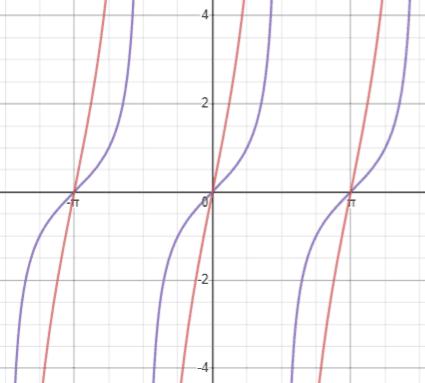



Tangent
Pythagoras Pythagoras' Theorem says that for a right angled triangle, the square of the long side equals the sum of the squares of the other two sides x 2 y 2 = 1 2 But 1 2 is just 1, so x 2 y 2 = 1 equation of the unit circle Also, since x=cos and y=sin, we get (cos(θ)) 2 (sin(θ)) 2 = 1 a useful "identity" Important Angles 30°, 45° and 60° You should try to remember sinParameters or Arguments Number it is the number or numeric value for which tangent needs to be calculated of an angle Result TAN function always returns the numeric value after applying to a particular cell Type Worksheet function;Tangent Graphs In Degrees 5 Topics Video Tangent Graphs Reflection to Xaxis and Yaxis (307) Video Tangent Graphs Stretch (245) Video Proofs using tan^2 x 1 = sec^2 x (123) Video Eliminating Sine and Cosine Trigonometric Parameters (9)



Graph Tangent And Cotangent




Trigonometric Functions Graphing The Trigonometric Function E Q
We draw a graph of tanu over this interval as shown in Figure 4 90 180 360 5401 135 315 495 1 45 tan€ u u o o o o Figure 4 A graph of tanu We know from the Table on page 2 that an angle whose tangent is 1 is 45 , so using the symmetry in the graph we can find the angles which have a tangent equal to −1 The first will be the sameArcsin Arcsine, written as arcsin or sin1 (not to be confused with ), is the inverse sine function Sine only has an inverse on a restricted domain, ≤x≤In the figure below, the portion of the graph highlighted in red shows the portion of the graph of sin(x) that has an inverseGraph of Sin x & Cos x is shown Both repeats after 2π If we notice the graph of tan x, ire repeats after π Thus domain of y = tan x is the set {x x ∈ R and x ≠ (2n 1) π/2 , n ∈ Z} and range is the set of all real numbers Note that x ≠ (2n 1) π/2 is not part of domain since for these values of x, tan



Solution Show Me The Graph Of Y Tan2x Step By Step And How To Solve Keypoints




2 10 Translations Of Graphs T
Radians = degrees x PI / 180 (deg to rad conversion) degrees = radians x 180 / PI (rad to deg conversion) Rad Deg Sin Cos Tan Csc Sec Cot 0000 00 0000 Tan Deg Rad Trig Table of Common Angles;The vertical asymptotes for y = tan ( 2 x) y = tan ( 2 x) occur at − π 4 π 4, π 4 π 4, and every π n 2 π n 2, where n n is an integer Tangent only has vertical asymptotes Use the form atan(bx−c) d a tan ( b x c) d to find the variables used to find the amplitude, period, phase shift, andTan 2x = 5 sin 2x can be written in the form (1 – 5 cos 2x) sin 2x = 0 (2) (b) Hence solve, for 0 x 180°, tan 2x = 5 sin 2x, giving your answers to 1 decimal place where appropriate You must show clearly how you obtained your answers (5) Q6




Numpy Tan In Python Geeksforgeeks




Plot Of Tan X And 2x Along With Vertical Lines At 2n 1 2 P For N Z Download Scientific Diagram
Graphs of Trigonometric Functions Sine, Cosine and tangent are the three important trigonometry ratios, based on which functions are defined Below are the graphs of the three trigonometry functions sin x, cos x, and tan x In these trigonometry graphs, xaxis values of the angles are in radians, and on the yaxis, its f (x) is taken, the




Graph Y 1 2 Tan X Study Com




5 7 The Tangent Function Functions Siyavula




Sketch The Graph Of F X Tan 2x Youtube




Symbolic Tangent Function Matlab Tan




Explore The Slope Of The Tan Curve Interactive Mathematics




Graphs Of Trigonometric Functions



1




Weird Hidden Answer In 2 Tan 2x 3 Text Cot X Mathematics Stack Exchange




More Trigonometric Graphs Ppt Download
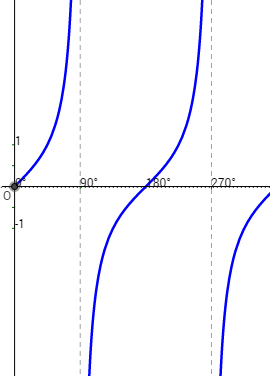



Sine Cosine Tangent Graphs Video Lessons Examples And Solutions




Warm Upnov 25 Th Determine Whether To Us The Law Of Sine Or Cosine And Solve For The Missing Pieces 1 D Abc With A 12 B 13 C 24 2 D Abc Ppt Download




6 Trigonometry Graph Example 3 Sketch Y Tan 2x Youtube




Plotting A Graph Of Tangent Function Returns A Straight Line Instead Tex Latex Stack Exchange




Tan2x ただの悪魔の画像



Content Graphing The Trigonometric Functions



Bestmaths




Graph Of Y Tan 1 2 X In Urdu Hindi Youtube
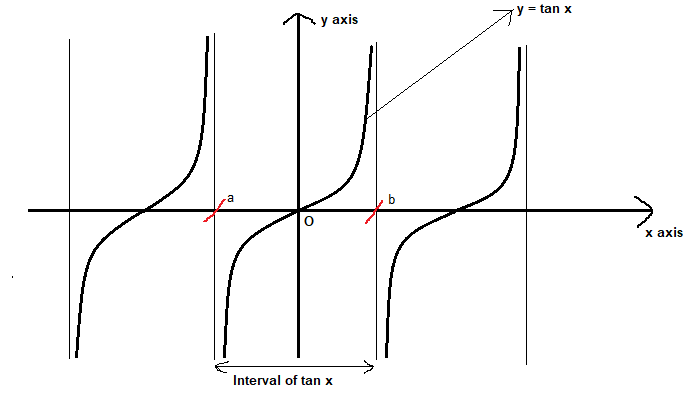



Find The Period Of Tan 2x Class 10 Maths Cbse




Please Graph The Following Functions In A Separate Piece Of Paper I Y 3 Tan Homeworklib




Trigonometric Functions Ppt Video Online Download



Content Graphing The Trigonometric Functions




Trigonometry Trigonometric Functions



Tangent Graphs



Graphs Of The Other Trigonometric Functions Precalculus Ii




Tangent Graph




Graphing Tangent Ck 12 Foundation




Trigonometry Trigonometric Functions




How Do You Graph Y Tan3x Socratic




Graph Two Periods Of The Given Tangent Function Y Tan X Pi Study Com




Tangent Graphs Worked Solutions Examples Videos




Python Math Tan Function Geeksforgeeks




Jpsaepictlqtj Tan 2x Formula Tan 2x Formula In Terms Of Cos X




Graphing Tangent Functions



3
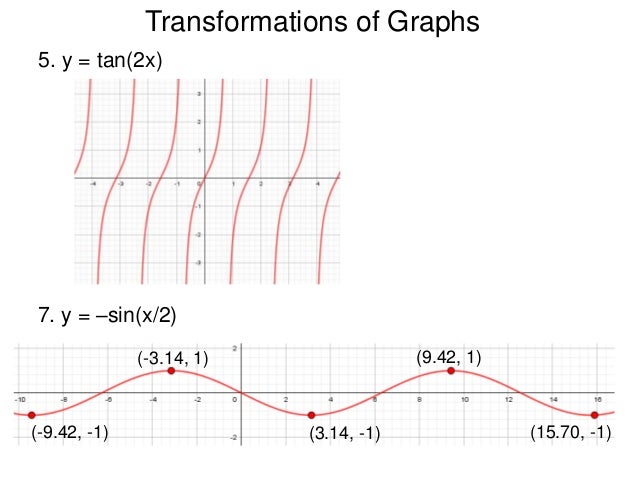



2 10 Translations Of Graphs T




Tan Graph




More Trigonometry




How Do You Graph Y Tan3x Socratic




Interlacing Via Rational Functions And Spectral Decomposition Matt Baker S Math Blog



Tangent Graphs
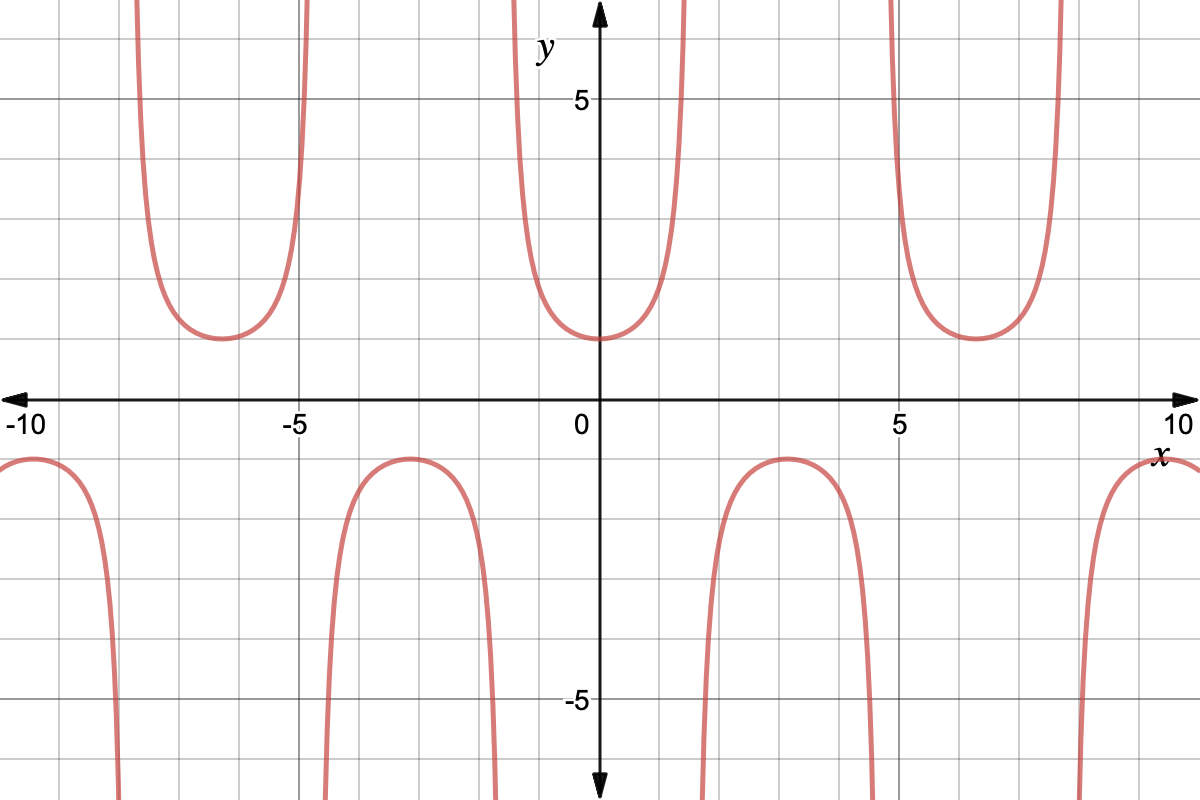



Trigonometry Reciprocal Identities Expii



4 Graphs Of Tan Cot Sec And Csc




Chapter 7 Trigonometric Functions The Sine Function Imagine



Math Scene Trigonometry Functions Graphs Of Trig Functions Lesson 3




Standard 1 Tf1 Unit Circle Convert To Degrees 2 Convert 1065



Solution How To Find The Number Of Cycles In 2pi The Horizontal Length Of Each Of The 4 Quadrants Of Each Cycle The Horizontal Shift Of Each Cycle F X Tan 2x 3
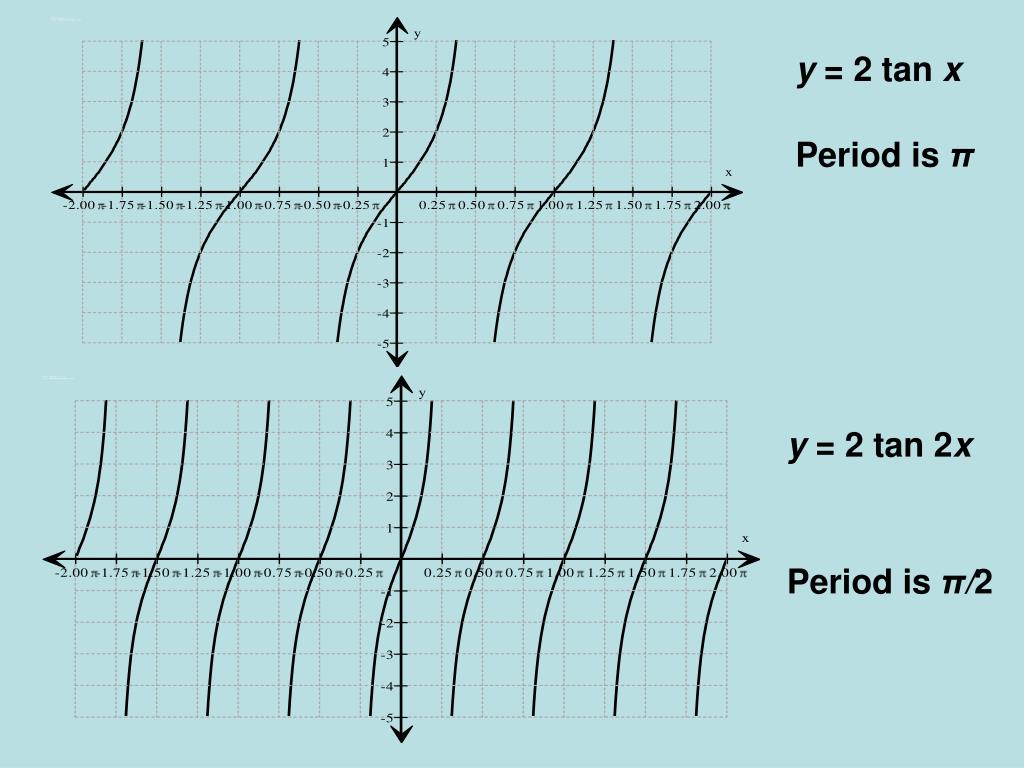



Ppt Aim What Are The Graphs Of Tangent Function And Reciprocal Functions Powerpoint Presentation Id



1




Tangent Graphs Worked Solutions Examples Videos




Trigonometry Graphing The Sine Cosine And Tangent Functions Owlcation



Solution Determine The Period Of Y Tan 2x




Answered Graph The Function 18 Y Tan 2x Bartleby




Tan Graphs Circular Functions




Trigonometry Graphing The Sine Cosine And Tangent Functions Owlcation




Draw The Graph Of The Followings Y Tan 2x Pi 3 Youtube
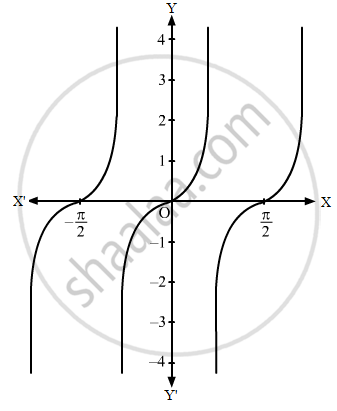



Sketch The Graphs Of The Following Functions F X Tan 2x Mathematics Shaalaa Com




5 7 The Tangent Function Functions Siyavula




How Do You Graph Y Tan X 3 And Include Two Full Periods Socratic




Plotting A Graph Of Tangent Function Returns A Straight Line Instead Tex Latex Stack Exchange




Solved Graph Two Periods Of The Given Tangent Function Y Chegg Com



1




Tangent Graphs Worked Solutions Examples Videos



Math Scene Trigonometry Functions Graphs Of Trig Functions Lesson 3




Graphs Of Tangent Cotangent Ppt Video Online Download




Graphing Tangent Read Trigonometry Ck 12 Foundation




How To Graph Tan Ex Y Tan2x Study Com



Determine Which Function Is Represented By The Graph Do Not Use A Calculator Explain Your



Is Tan X A Continous Function Quora




Tangent Graph




Curve Sketching




Graphing Tangent Read Trigonometry Ck 12 Foundation
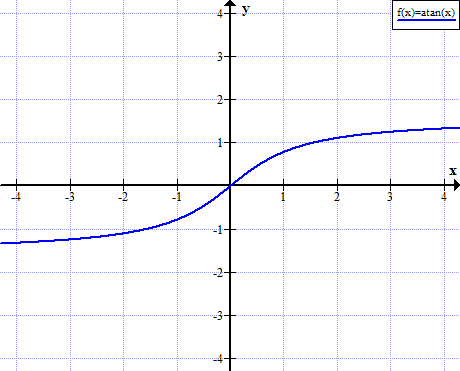



Arctan X Inverse Tangent Function




5 7 The Tangent Function Functions Siyavula




Ppt Trig Graphs Powerpoint Presentation Free Download Id




Trigonometry Trigonometric Functions




How Do You Graph And List The Amplitude Period Phase Shift For Y Tan X 60 Socratic




Tangent




How Do You Graph Y Tan X 3 And Include Two Full Periods Socratic




10 3 Graphs Of Trig Functions By Openstax Page 3 3 Jobilize



Bestmaths



0 件のコメント:
コメントを投稿